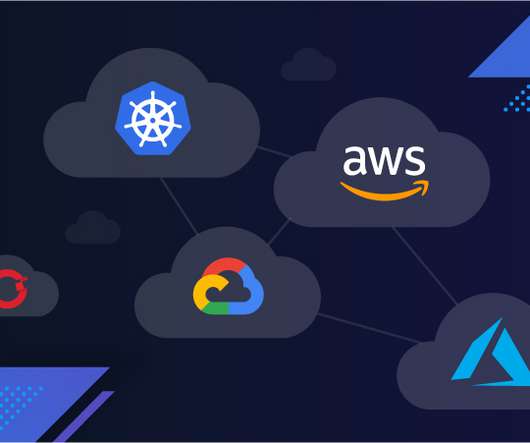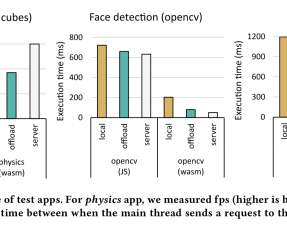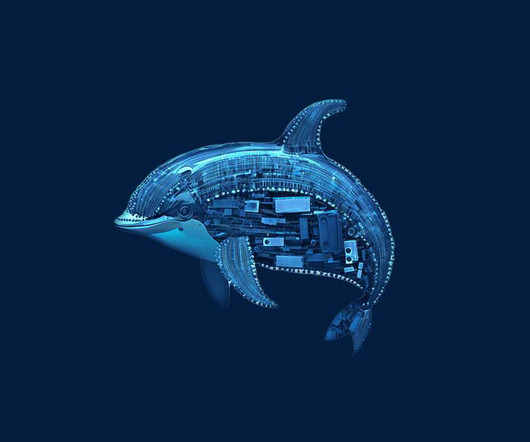Hybrid cloud infrastructure explained: Weighing the pros, cons, and complexities
Dynatrace
JUNE 29, 2022
Public cloud refers to on-demand infrastructure and services provided by a third party over the public internet. They use the same hardware, APIs, tools, and management controls for both the public and private clouds. After deployment, IT teams can also optimize the software and supporting hardware to ensure high performance.







































Let's personalize your content